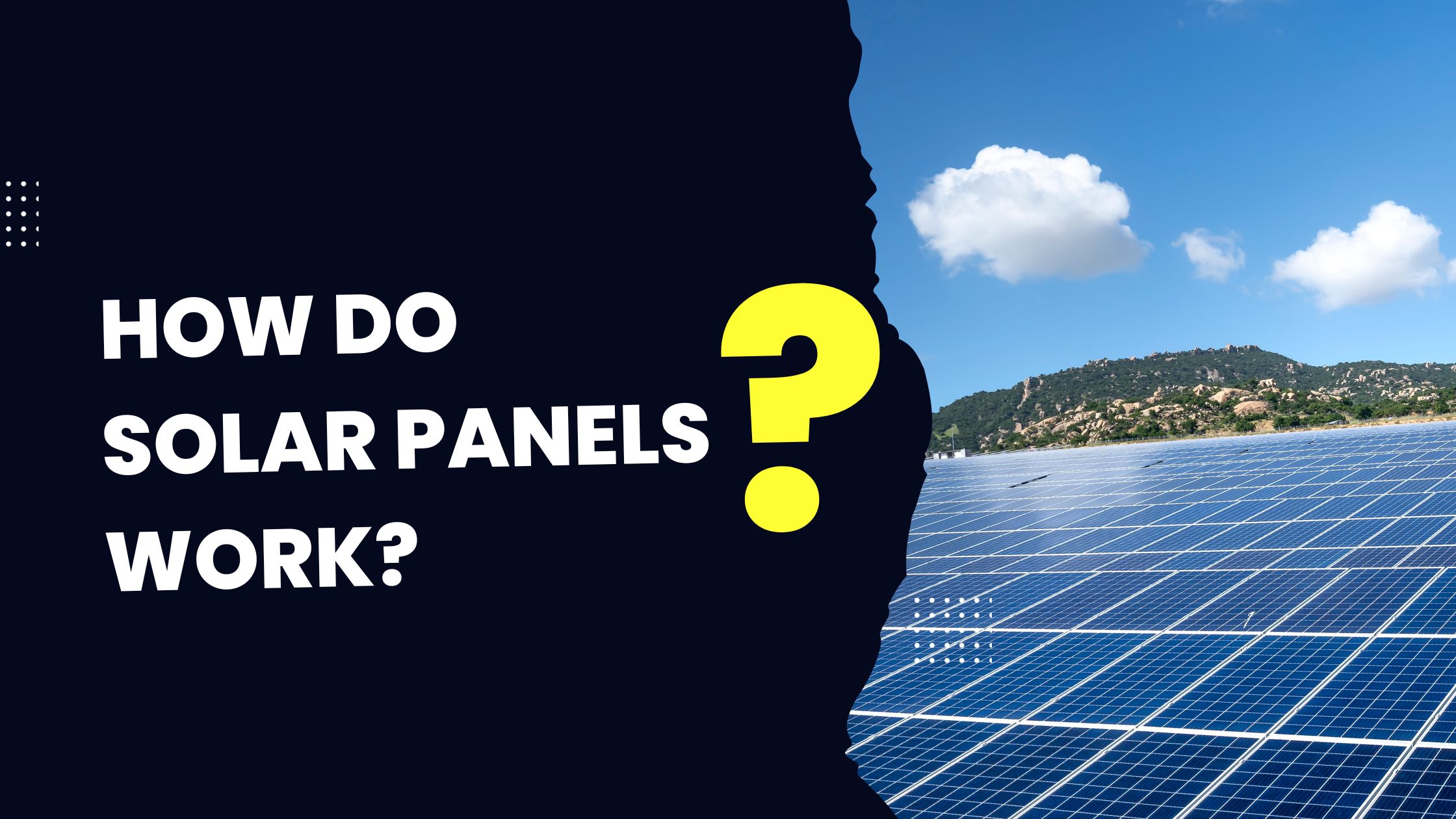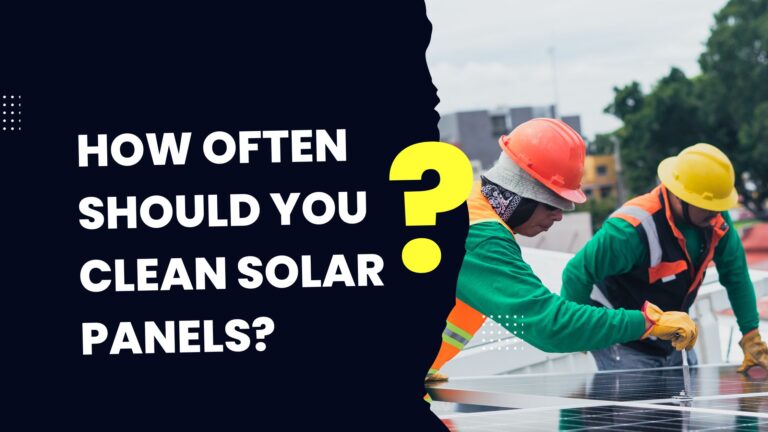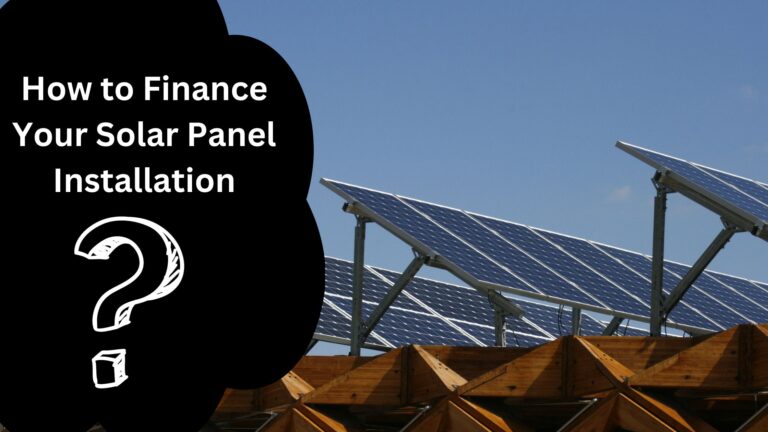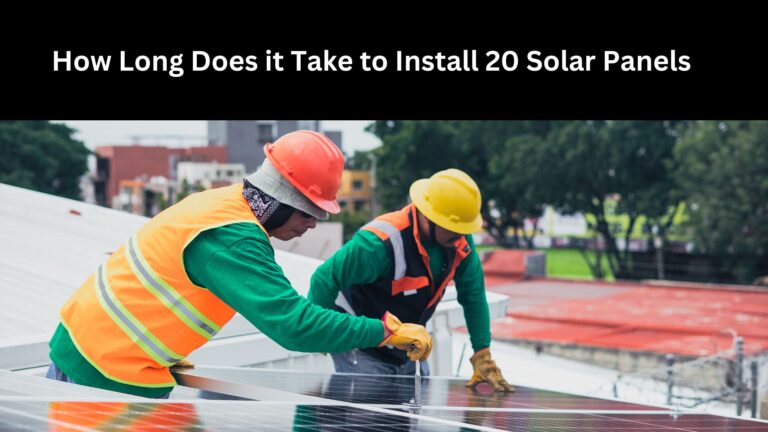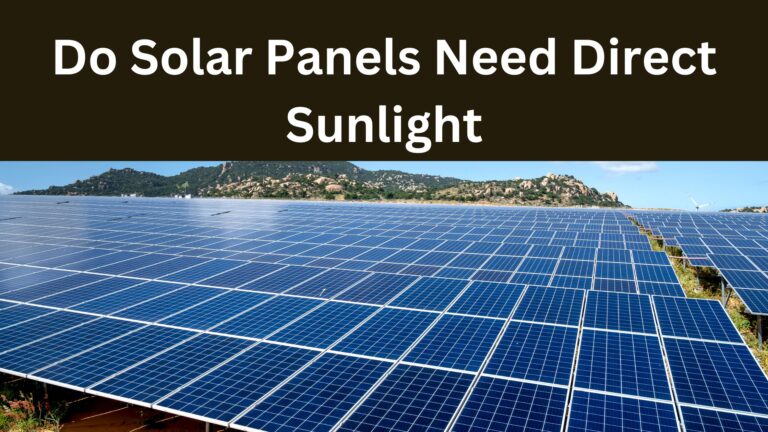How do solar panels work?
The promise of clean, renewable energy is getting brighter every day. Solar panels adorning rooftops have become a more familiar sight as homeowners and businesses seek to break free from the constraints of the traditional electrical grid. But for all their promise, how exactly do these supposedly simple panels convert pure sunlight into usable electricity?
In this guide, we’ll shine a light on the inner workings of solar photovoltaics. You’ll discover how tiny packets of light energy can be transformed into an electrical current capable of powering your home. We’ll demystify the structure of solar cells and panels and see how their novel construction allows them to tap into the most abundant energy source available – the sun.
You’ll also learn the key principles that enable reliable solar energy generation. Understanding these concepts brings you one step closer to deciding if the benefits of solar power should be lighting up your own property. So let’s illuminate this renewable technology from the inside out and see how solar PV systems can empower us to capture sunshine and convert it into affordable, sustainable electricity.
How Do Solar Panels Work?
Solar panels are an increasingly popular source of renewable energy for both residential and commercial properties. But how exactly does the technology allow us to capture energy from the sun and convert it into electricity? Here we explain the key components and processes involved in solar photovoltaic systems.
The Photovoltaic Effect
Solar panels are able to convert sunlight into electricity due to the photovoltaic effect. This phenomenon was first discovered in 1839 by French physicist Edmond Becquerel.
The photovoltaic effect refers to the creation of a voltage or electrical current in a material upon exposure to light. When photons (particles of light) strike the surface of certain materials, they transfer their energy to electrons in the material, causing the electrons to break free and flow as an electric current. This process is also known as the conversion of light (photons) to electricity (voltage).
The photovoltaic effect occurs in solar cells, which are made of semiconducting materials such as silicon. When sunlight hits the solar cell, the energy knocks electrons loose, allowing them to flow freely. The flow of electrons produces electric current – that can be captured and used as electricity.
Components of a Solar Panel
A typical solar panel consists of the following key components:
- Solar cells – The solar cells are made of semiconductor materials, usually silicon. Thin layers of silicon are specially treated to form an electric field, positive on one side and negative on the other. When sunlight hits the solar cell, this electric field propels the loose electrons to flow in a certain direction, resulting in electricity. Multiple solar cells are connected together and sealed behind a glass sheet to form a solar module.
- Encapsulant material – The solar cells are laminated between layers of ethylene vinyl acetate or other specialized plastic materials to provide structure and protection against environmental factors.
- Backsheet – This is a protective layer on the back of the solar panel, usually made of Tedlar or Polyvinyl Fluoride plastic, to shield the solar cells from moisture, UV rays and mechanical damage.
- Junction box – The junction box located on the back of the solar panel houses connectors to channel the direct electrical current (DC) produced by the solar cells to the other electrical components.
- Frame – Solar panels are fitted with aluminum frames for structural rigidity and ease of installation.
- Anti-reflective coating – A thin anti-reflective coating is applied to the top glass layer to maximize absorption of sunlight.
How Do Solar Panels Generate Electricity?
Now that we’ve looked at what makes up a solar panel, let’s examine the step-by-step process of how they are able to convert sunlight into electrical energy:
- Sunlight hits the anti-reflective coating and passes through the glass top layer to reach the solar cells underneath.
- The specialized silicon composition of the solar cells creates an electric field, with positive charge on one side and negative on the other.
- When photons from sunlight knock electrons loose in the silicon, the electric field propels the electrons in a certain direction.
- Metal conductive plates on the solar cell collect the electrons and channel them as direct current electricity.
- The junction box on the back of the solar panel regulates and carries the DC current via cables to the other electrical components.
- An inverter then converts the DC output into alternating current (AC) which is the form of electricity used by home appliances.
- The AC electricity from the inverter flows into the circuit breaker panel and power meter, and gets distributed for usage.
So in summary, solar cells contain the photovoltaic materials needed to convert sunlight into direct current electricity. The structural design of the solar panel houses these solar cells and delivers the DC output to the electrical system. Additional components then regulate, convert and distribute the electricity for practical use.
Summary
- Solar panels utilize the photovoltaic effect to absorb sunlight and generate DC electricity.
- Silicon solar cells containing positive and negative electric fields enable the photovoltaic conversion process.
- Solar modules consist of connected solar cells sealed behind a glass sheet with other protective layers.
- Structural components like frames, junction box and backsheet provide functionality and protection.
- Inverters transform the DC output into AC electricity that can be used for powering appliances and fed into the electrical grid.
Understanding these core concepts helps explain how innovative solar cell technology and panel construction allows us to harness the sun’s energy for electrical power. Installing solar systems on homes and buildings is an effective approach to shift towards renewable energy and reduce fossil fuel dependence.

Solar Energy Engineer, Founder of Solar Panel Guide Blog, and passionate advocate for a sustainable future. ☀️🌿 #SolarEnergy #Renewables Read More About Peter
